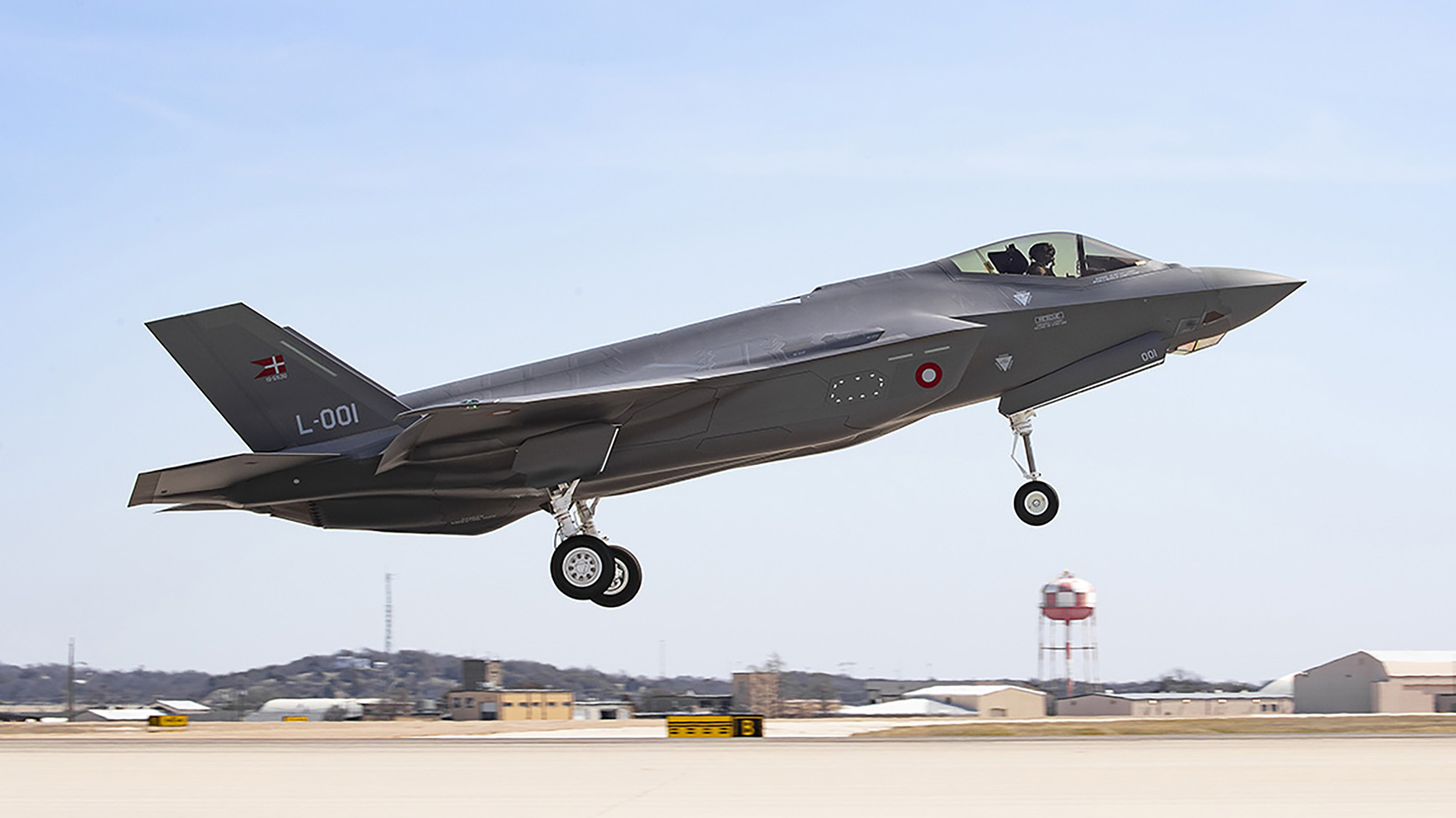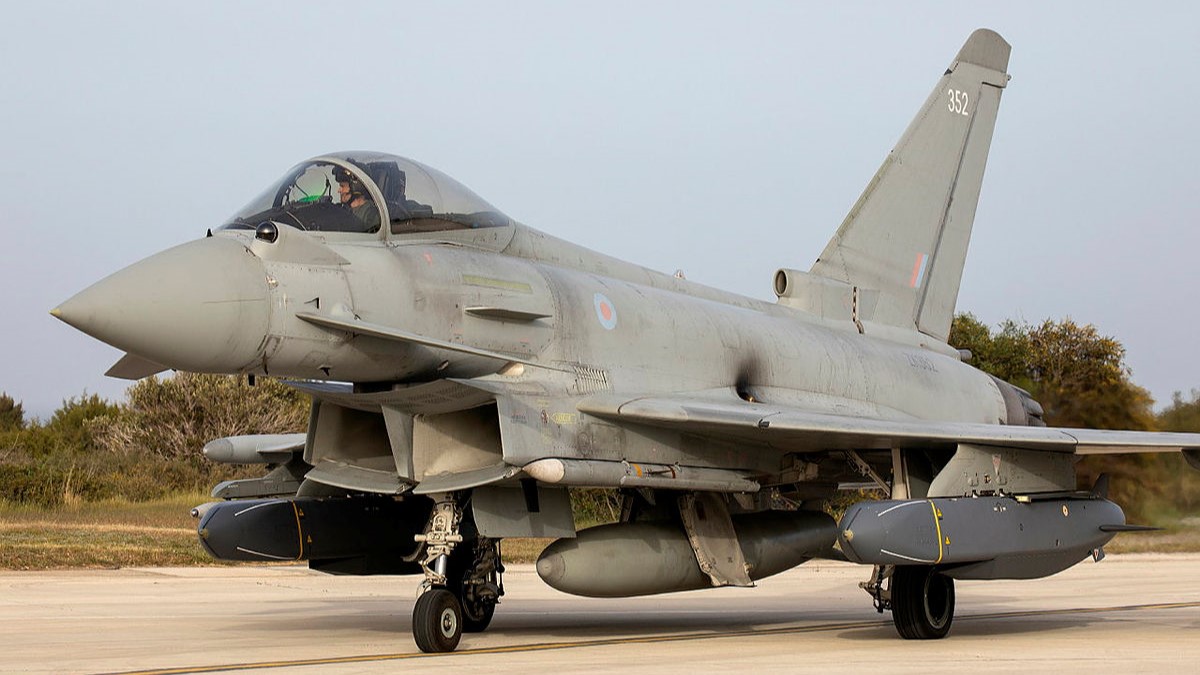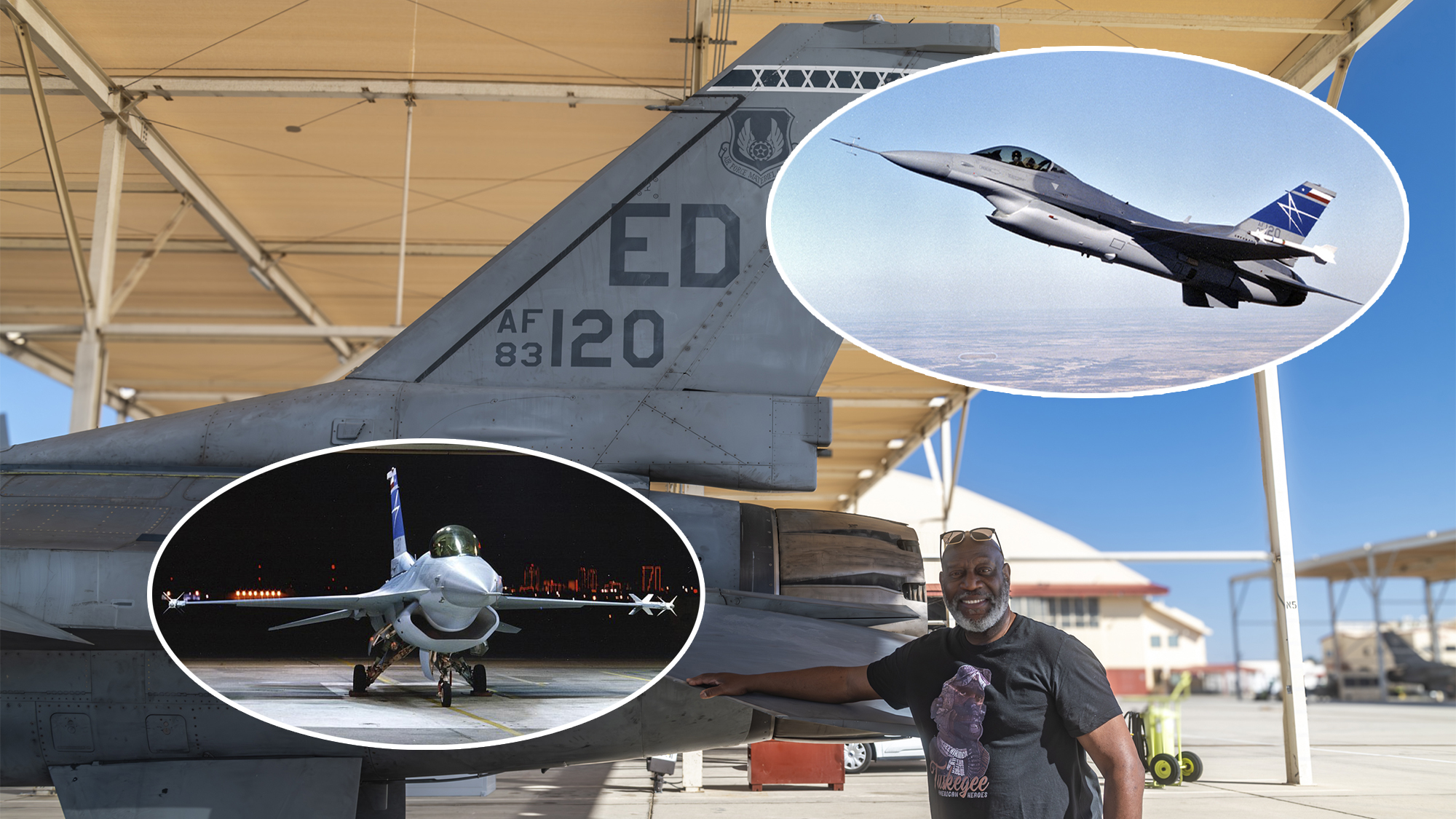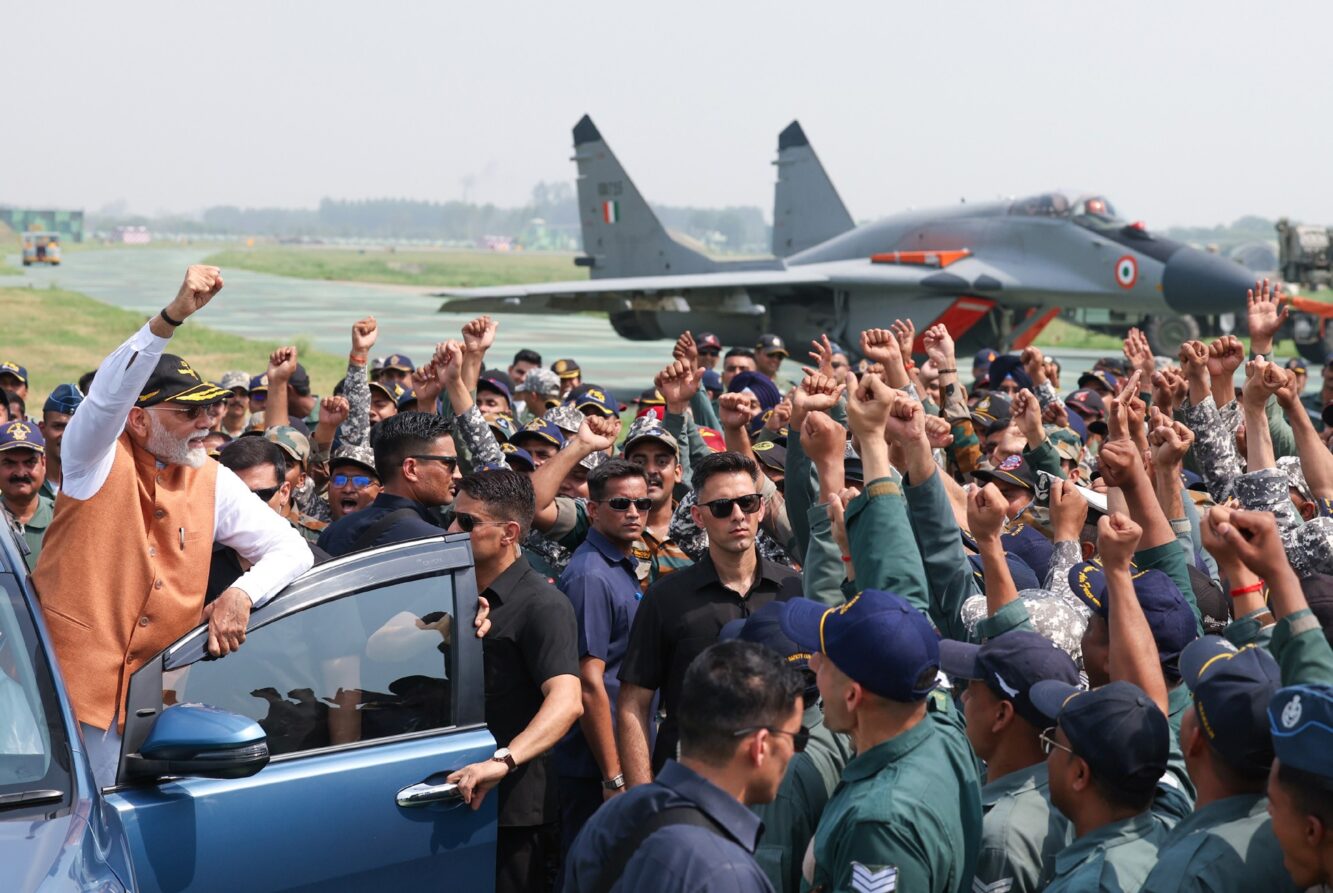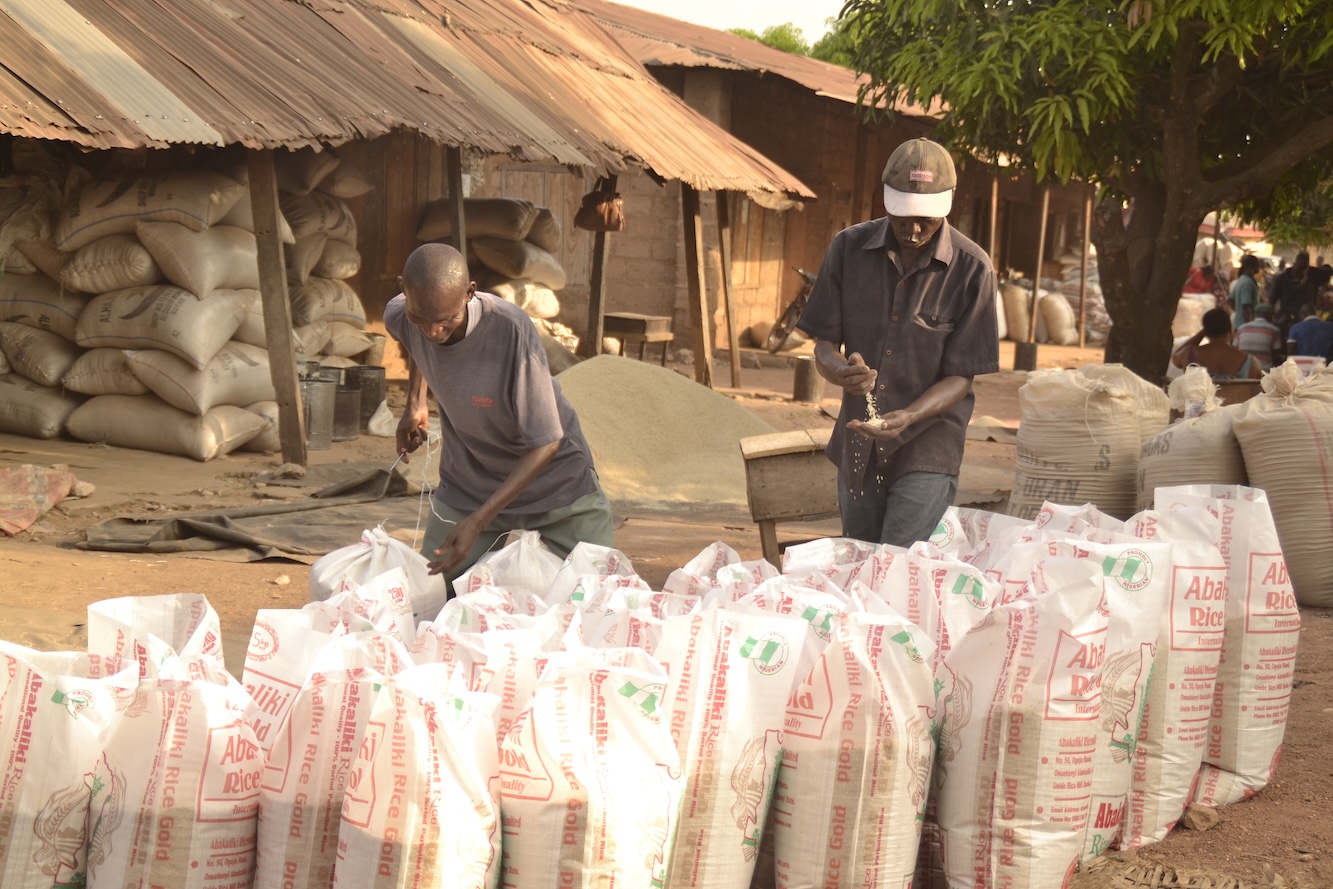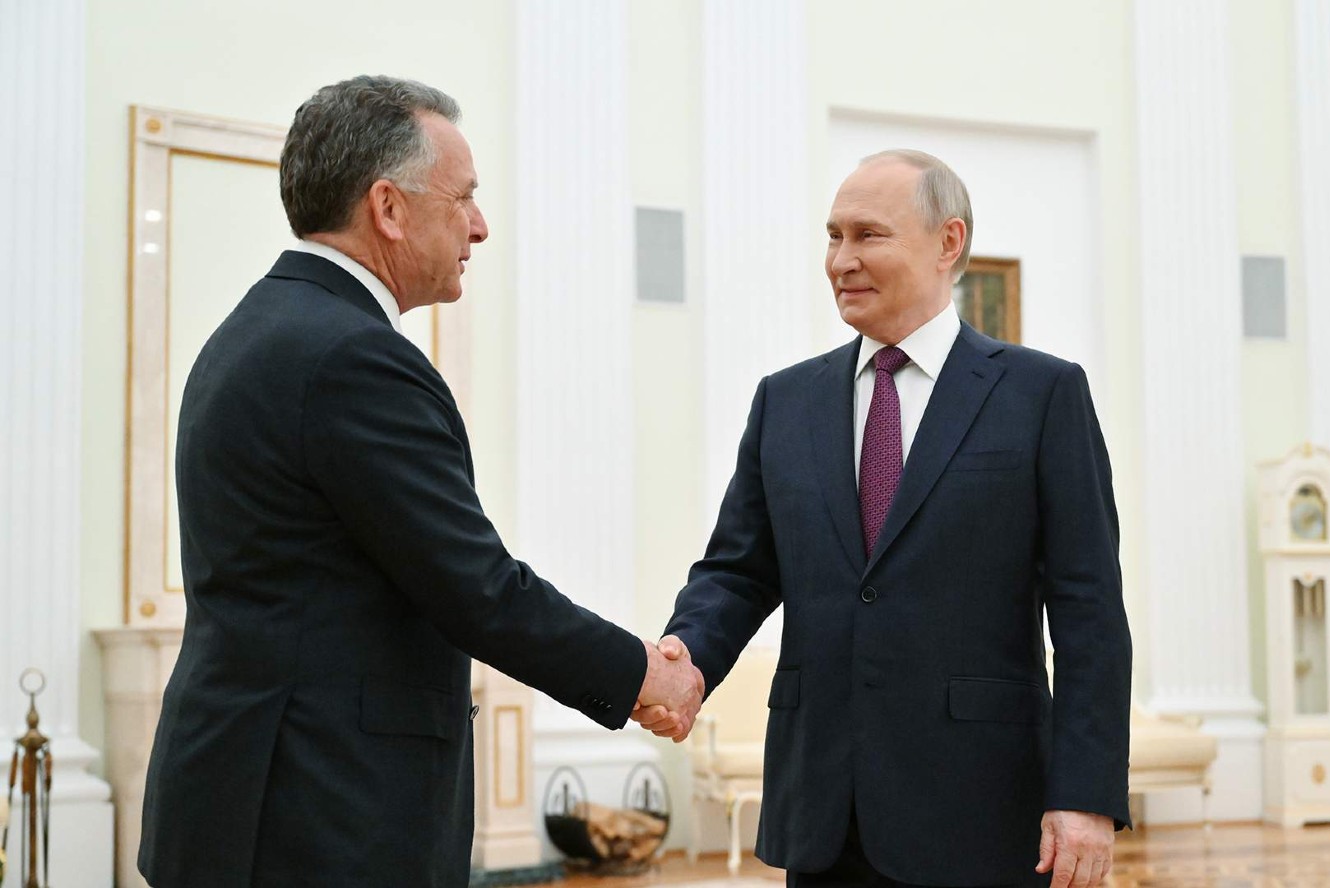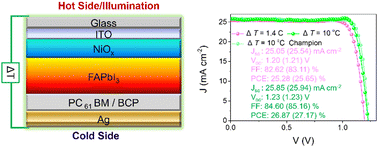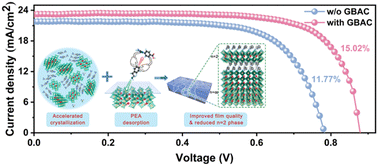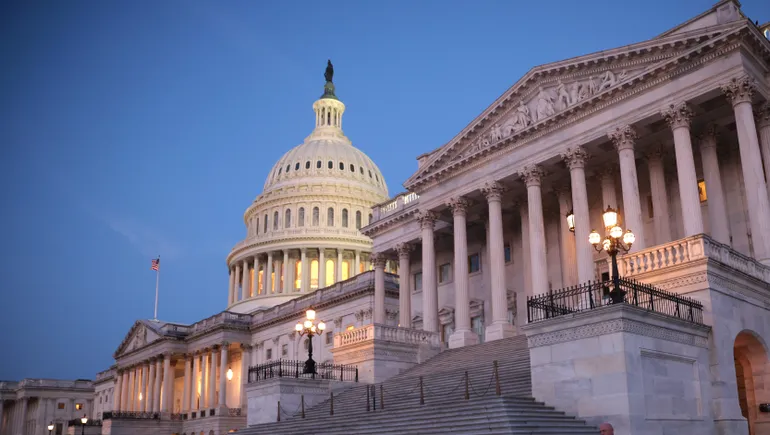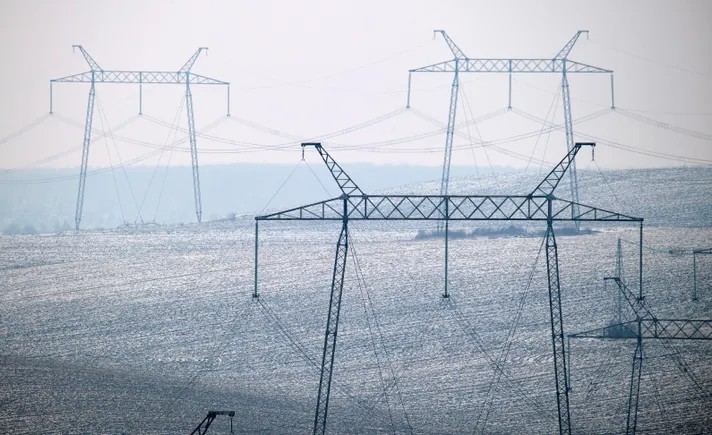The D Brief: Largest drone attack of Putin’s invasion; Dim outlook for Russia-Ukraine talks; Army preps DC for military parade; DOD to get a SOF-like makeover; And a bit more.
Russia’s military carried out its “largest single drone strike of the war against Ukraine” early Sunday morning. The attacks killed at least one woman after the munitions fell across eastern, northern, and central parts of the country, including Kyiv, Dnipropetrovsk, and Donetsk oblasts, Reuters reports. At least 273 Shahed and decoy drones from nearly a half dozen points inside Russia, the Washington-based Institute for the Study of War wrote in its Sunday analysis. An estimated 88 drones were allegedly shot down and more than 120 decoy drones were “lost in location,” according to the Ukrainian air force. Trendspotting: “Russian forces are innovating their long-range drone strike tactics in order to offset the effectiveness of Ukrainian mobile defense units and overwhelm the Ukrainian air defense umbrella,” ISW observed. Bigger picture: “Russian forces are sustaining significant battlefield losses at rates that are likely unsustainable in the medium- to long-term,” and Putin “has mismanaged Russia's economy, which is suffering from unsustainable war spending, growing inflation, significant labor shortages, and reductions in Russia's sovereign wealth fund,” ISW added. However, “the Kremlin has not been preparing the Russian information space for a peace agreement in the near future and that Russian forces and society do not anticipate an imminent end to the war,” the ISW team wrote in a warning to those monitoring talks toward some sort of ceasefire. See also: “Russian Troops Are War-Weary, but Want to Conquer More of Ukraine,” the New York Times reported Friday from Berlin. How were last week’s peace talks Ukraine-Russia peace talks, the first of their kind in more than three years? From Kyiv’s perspective, it was an acceptable start, but there is still a long way to go, said Ukrainian President Volodymir Zelenskyy, writing Monday on social media. “The Ukrainian delegation succeeded in keeping the talks in a dignified manner. All Russian attempts to issue threats were rejected,” Zelenskyy said. Still, he continued, “Ukraine insists on the need for a full and unconditional ceasefire in order to save human lives and to establish the necessary foundation for diplomacy. Such a ceasefire must be long enough and include the possibility of extension. Our proposal, shared by our partners, is 30 days — we are ready for this,” he said. “Ukraine is not afraid of direct talks with Russia, and it is important that the Russian leadership not prolong the war,” Zelenskyy added. He’s also ordered the establishment of what he called “a permanent, expanded national negotiation group” for potential future talks with Russian officials—at least in part because Zelenskyy visited Turkey last week for face-to-face talks with Putin, but Putin sent lower-level negotiators to Istanbul instead. Zelenskyy met with U.S. State Secretary Marco Rubio and Vice President JD Vance in Rome on Sunday. During those brief talks, “I reaffirmed that Ukraine is ready to be engaged in real diplomacy and underscored the importance of a full and unconditional ceasefire as soon as possible,” Zelenskyy said afterward. Coming soon: Trump is set to speak to leaders of both Ukraine and Russia later Monday. Expert reax: “Putin aims to stall by avoiding a cease-fire and to keep Trump’s trust by not losing the chance to maintain good relations with the U.S.,” Andrei Kolesnikov, a political analyst based in Moscow, told the Wall Street Journal on Monday. “Putin will try to convince Trump that he remains committed to peace, but the Russian side will continue to reject the ‘first cease-fire, then negotiations’ formula.” While talks drag on and Russian attacks continue, what sort of things does Ukraine need to continue defending against Putin’s missiles and drones? Retired U.S. Navy Rear Adm. Mark Montgomery shared some of his observations after his latest trip to Ukraine last week for The D Brief. Read over his recommendations for U.S. officials and policy makers here. Developing: Russia’s military is bolstering bases along its border with Finland. That includes rows of tents, “new warehouses that can store military vehicles; renovations to fighter jet shelters; and steady construction activity on a helicopter base that had been mostly unused and overgrown,” the New York Times reported Monday after reviewing new satellite imagery. So far, “NATO officials say this is nothing like the buildup along the Ukraine border before Russia’s full-scale invasion in 2022...But Finland is one of NATO’s newest members, joining two years ago, and the moves no doubt reflect Moscow’s own perception of a threat.” More, here. Additional reading: “Finland to use proceeds from frozen Russian assets to supply ammunition to Ukraine,” Reuters reported Monday from Helsinki; “Poland seizes tyres for Boeing aircraft headed for Russia,” Reuters reported separately Monday from Warsaw; “Ukraine shows its latest 'ship-killer' Magura drone series to the pu

At least 273 Shahed and decoy drones from nearly a half dozen points inside Russia, the Washington-based Institute for the Study of War wrote in its Sunday analysis. An estimated 88 drones were allegedly shot down and more than 120 decoy drones were “lost in location,” according to the Ukrainian air force.
Trendspotting: “Russian forces are innovating their long-range drone strike tactics in order to offset the effectiveness of Ukrainian mobile defense units and overwhelm the Ukrainian air defense umbrella,” ISW observed.
Bigger picture: “Russian forces are sustaining significant battlefield losses at rates that are likely unsustainable in the medium- to long-term,” and Putin “has mismanaged Russia's economy, which is suffering from unsustainable war spending, growing inflation, significant labor shortages, and reductions in Russia's sovereign wealth fund,” ISW added.
However, “the Kremlin has not been preparing the Russian information space for a peace agreement in the near future and that Russian forces and society do not anticipate an imminent end to the war,” the ISW team wrote in a warning to those monitoring talks toward some sort of ceasefire.
- See also: “Russian Troops Are War-Weary, but Want to Conquer More of Ukraine,” the New York Times reported Friday from Berlin.
How were last week’s peace talks Ukraine-Russia peace talks, the first of their kind in more than three years? From Kyiv’s perspective, it was an acceptable start, but there is still a long way to go, said Ukrainian President Volodymir Zelenskyy, writing Monday on social media.
“The Ukrainian delegation succeeded in keeping the talks in a dignified manner. All Russian attempts to issue threats were rejected,” Zelenskyy said. Still, he continued, “Ukraine insists on the need for a full and unconditional ceasefire in order to save human lives and to establish the necessary foundation for diplomacy. Such a ceasefire must be long enough and include the possibility of extension. Our proposal, shared by our partners, is 30 days — we are ready for this,” he said.
“Ukraine is not afraid of direct talks with Russia, and it is important that the Russian leadership not prolong the war,” Zelenskyy added. He’s also ordered the establishment of what he called “a permanent, expanded national negotiation group” for potential future talks with Russian officials—at least in part because Zelenskyy visited Turkey last week for face-to-face talks with Putin, but Putin sent lower-level negotiators to Istanbul instead.
Zelenskyy met with U.S. State Secretary Marco Rubio and Vice President JD Vance in Rome on Sunday. During those brief talks, “I reaffirmed that Ukraine is ready to be engaged in real diplomacy and underscored the importance of a full and unconditional ceasefire as soon as possible,” Zelenskyy said afterward.
Coming soon: Trump is set to speak to leaders of both Ukraine and Russia later Monday.
Expert reax: “Putin aims to stall by avoiding a cease-fire and to keep Trump’s trust by not losing the chance to maintain good relations with the U.S.,” Andrei Kolesnikov, a political analyst based in Moscow, told the Wall Street Journal on Monday. “Putin will try to convince Trump that he remains committed to peace, but the Russian side will continue to reject the ‘first cease-fire, then negotiations’ formula.”
While talks drag on and Russian attacks continue, what sort of things does Ukraine need to continue defending against Putin’s missiles and drones? Retired U.S. Navy Rear Adm. Mark Montgomery shared some of his observations after his latest trip to Ukraine last week for The D Brief. Read over his recommendations for U.S. officials and policy makers here.
Developing: Russia’s military is bolstering bases along its border with Finland. That includes rows of tents, “new warehouses that can store military vehicles; renovations to fighter jet shelters; and steady construction activity on a helicopter base that had been mostly unused and overgrown,” the New York Times reported Monday after reviewing new satellite imagery.
So far, “NATO officials say this is nothing like the buildup along the Ukraine border before Russia’s full-scale invasion in 2022...But Finland is one of NATO’s newest members, joining two years ago, and the moves no doubt reflect Moscow’s own perception of a threat.” More, here.
Additional reading:
- “Finland to use proceeds from frozen Russian assets to supply ammunition to Ukraine,” Reuters reported Monday from Helsinki;
- “Poland seizes tyres for Boeing aircraft headed for Russia,” Reuters reported separately Monday from Warsaw;
- “Ukraine shows its latest 'ship-killer' Magura drone series to the public for the first time,” the Kyiv Independent reported Thursday;
- And Pentagon chief Pete “Hegseth briefly paused cyber ops against Russia as part of negotiations, GOP Rep. Bacon says,” Politico reported Saturday; CBS News has similar coverage here.
Welcome to this Monday edition of The D Brief, a newsletter dedicated to developments affecting the future of U.S. national security, brought to you by Ben Watson and Audrey Decker. Share your tips and feedback here. And if you’re not already subscribed, you can do that here. On this day in 1935, storied British army officer Thomas Edward Lawrence passed away at the age of 46 from injuries sustained in a motorcycle accident near his English home just two months after leaving the army.
Around the Defense Department
The U.S. Army will need to line DC with metal plates to protect the streets from tanks for Trump’s military parade, AP reported Friday. The parade will march through DC on June 14, which is the Army’s 250th birthday and, coincidentally, Trump’s birthday.
According to the latest known plans, the parade will feature 25 Abrams tanks which can weigh 60 tons or more. “Concerns over the tanks’ weight, and what that would do to D.C.’s streets, ultimately kept them from being used for a parade during Trump’s first term,” Tara Copp and Michelle Price of AP explain. “The metal plates are seen as the best way to protect the streets. Each plate weighs hundreds of pounds and will be placed at points along the parade route where the tanks will turn—and where their metal and rubber-shoed tracking that helps them move can do the most damage.”
In all, the parade will feature about 150 vehicles, (including Abrams, Strykers, and Humvees), 50 aircraft, and 6,600 soldiers who will sleep in government buildings around DC.
The total cost could reach up to $45 million, the Washington Post reported last week.
Special Forces’ ability to rapidly deploy and buy new tech faster should be a model for the rest of DOD, Defense One’s Patrick Tucker reports from the Global SOF Foundation conference in Tampa, Fla. At the conference, SecDef Hegseth and Gen. Dan Caine, the new Joint Chiefs chairman, “outlined a new, special-operations-like vision for the U.S. military: smaller teams, quicker equipping, faster operations, more autonomy.”
A new mindset will help the military address a wider array of threats faster, officials said during the conference. “You adopt advanced technologies early. You make them better and then you help them spread to the rest of the joint force. You are willing to experiment and fail while learning from each failure and each success. We need you to keep doing that. You are acquisition reform,” Hegseth said. Continue reading, here.
Foreign defense companies want to expand their business in the U.S., Defense One’s Lauren C. Williams reported Friday. Despite recent turmoil over the Trump administration’s trade and foreign policy, companies like Saab, Lufthansa Technik, and CBC Global Ammunition are investing in new factories to break into the U.S. defense market. Several execs said that the Trump administration's hostility hasn’t derailed their plans to build in the U.S. More, here.
And lastly, for your ears only: The U.S. Marine Corps in the Pacific littorals. Two generals based in Japan sat down with Defense One’s Jennifer Hlad to discuss the Corps' multiyear modernization campaign and preparations for potential conflict with China. The conversation was part of our recent State of Defense event series. You can listen on our website, here.
Additional reading:
- “Military Families Could Go Hungry Due to Food Assistance Cuts in GOP's 'Big Beautiful Bill',” Military-dot-com reported Friday;
- “Homeland Security eyes new $50M jet for Noem, Coast Guard officials,” AP reported Thursday;
- “Army researchers develop injectable cyanide antidote,” Army Times reported Friday;
- And ICYMI, “Nothing is over! They’re making a ‘Rambo’ origin movie,” Task & Purpose reported Sunday.
























































































